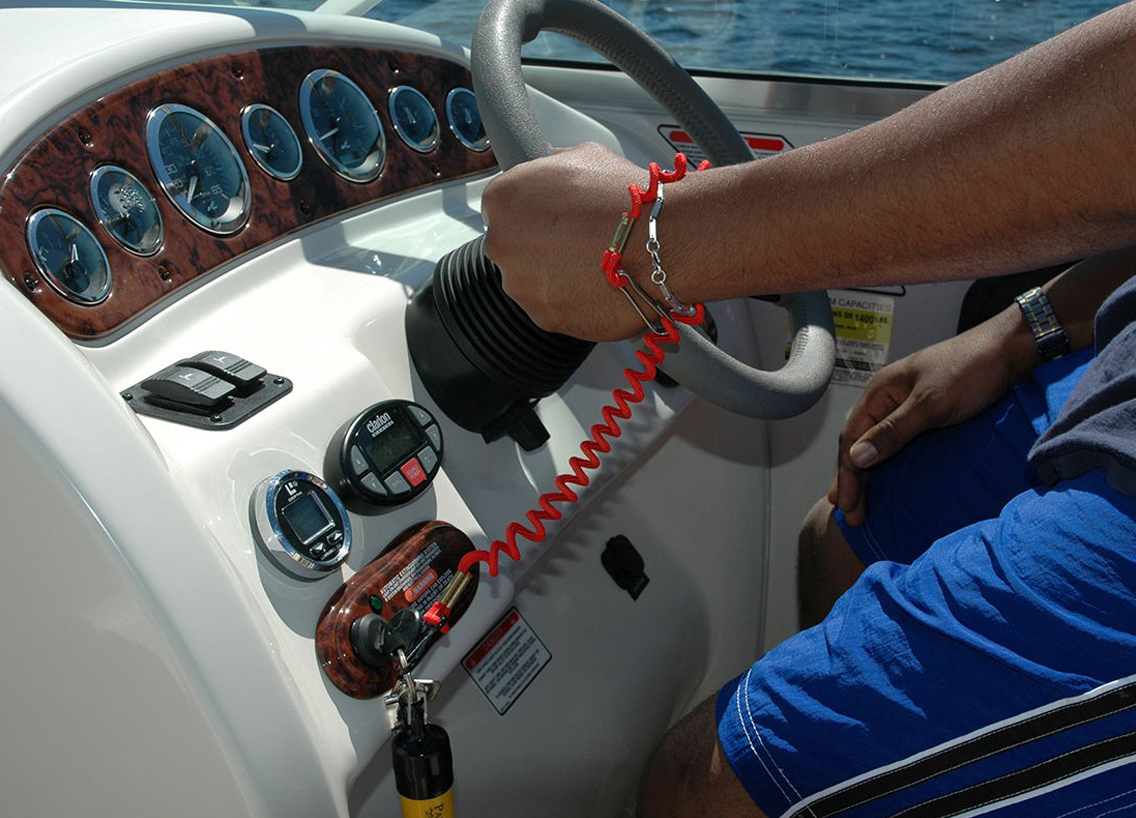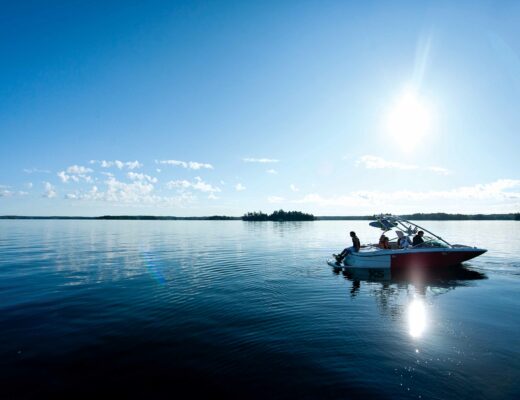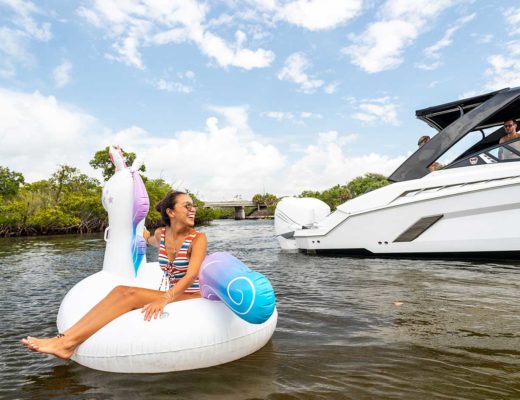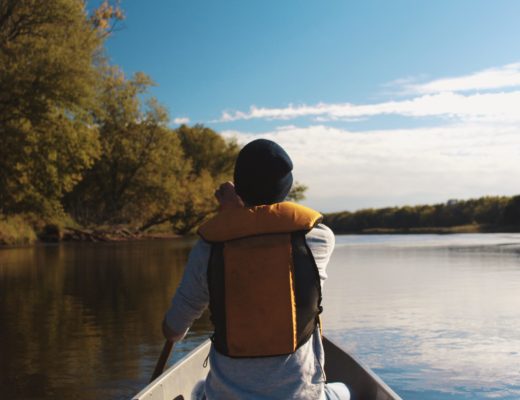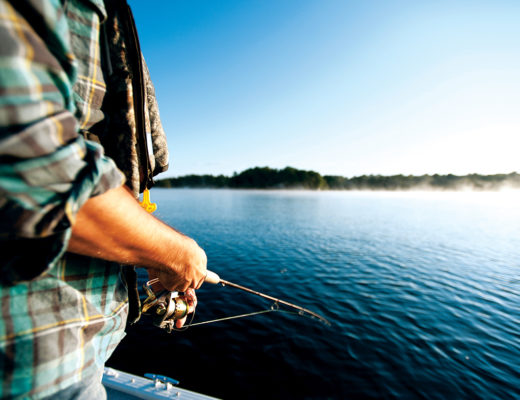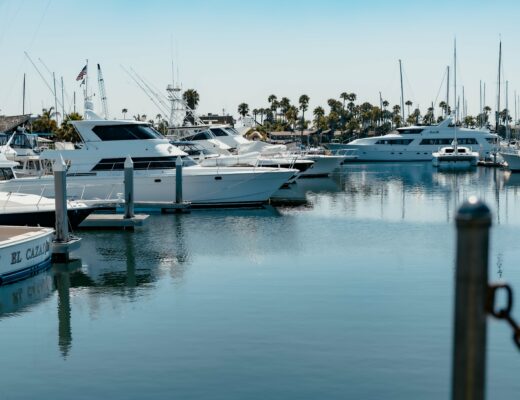Following a boating accident in Port, Aransas, Texas, the state passed a kill-switch law in 2019.
The law requires boat operators of a motor boat 26 feet or less in length to be physically connected to a boat’s emergency shutoff switch.
Governor Greg Abbott signed the bill on June 10, 2019. It has been called “Kali’s Law” after 16-year-old Kali Gorzell. The young teen died in 2012 after being struck and killed by the propellor of a boat after being ejected.
This law complements the required use of a kill switch for PWCs that went into effect on September 1, 2019. So, what does this law mean for you as a boater? Keep reading to learn what the law is and how it keeps you safe on the water.
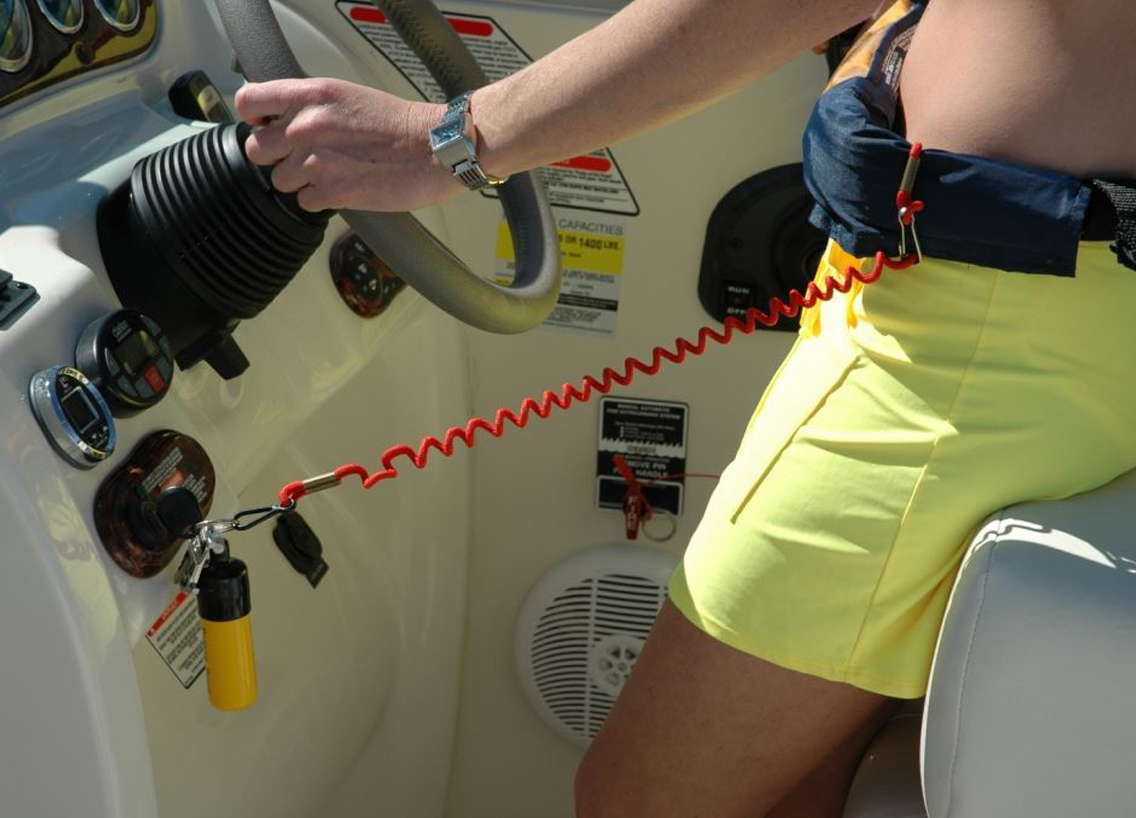
What Is the Texas Kill-Switch Law?
A kill-switch (also known as an ignition safety switch) typically consists of a cord or lanyard with a special clip at one end.
The clip attaches to a button or a switch on the boat that must be engaged to allow the boat to start or continue operating. The opposite end secures to the boat operator’s lifejacket/PFD, belt loop, or wrist.
While the lanyard is the most common way to use these switches, the Texas law also allows for the use of functional wireless attachments. These attachments activate the engine kill-switch electronically if the boat operator was to fall overboard.
Properly wearing a kill-switch eliminates the possibility of being hit by a boat or PWC or struck by a spinning engine propeller if the driver is ejected. If the operator is thrown from the boat, the switch is unplugged, and the engine is disabled.
What happens Without a Kill-Switch?
Without one of these switches, the boat or PWC continues running after the operator is thrown overboard.
With no one onboard to steer the boat, there is a loss of control, and many vessels typically end up turning in circles under the torque of the spinning propeller. This is often referred to as the “circle of death” because ejected boaters are at high risk of being run over by the boat and potentially struck by the spinning propeller.
End swapping is another scenario that can occur when the boat’s steering is compromised. It happens when a boat enters into a turn and loses its ability to maintain steering contact with the water. In some cases, the boat may spin out violently.
Boats that are prone to end swapping are those that are specifically designed for shallow-water fishing. The majority of these boats are mostly flat-deck with little or no railings.
Propeller Injury Statistics
According to the U.S. Coast Guard’s 2023 Recreational Boating Statistics report, there were 145 accidents nationwide that year in which at least one person was struck by a propeller. The report states that those accidents resulted in 23 deaths and 133 injuries.
As a reminder from the Coast Guard, all boaters should boat responsibly on the water by doing the following:
- Wear a life jacket
- Take a boating safety course
- Attach the engine cut-off switch
- Get a free vessel safety check
- Boat sober
Both traditional lanyard engine cut-off devices and wireless models are available to install for both old and new boats.
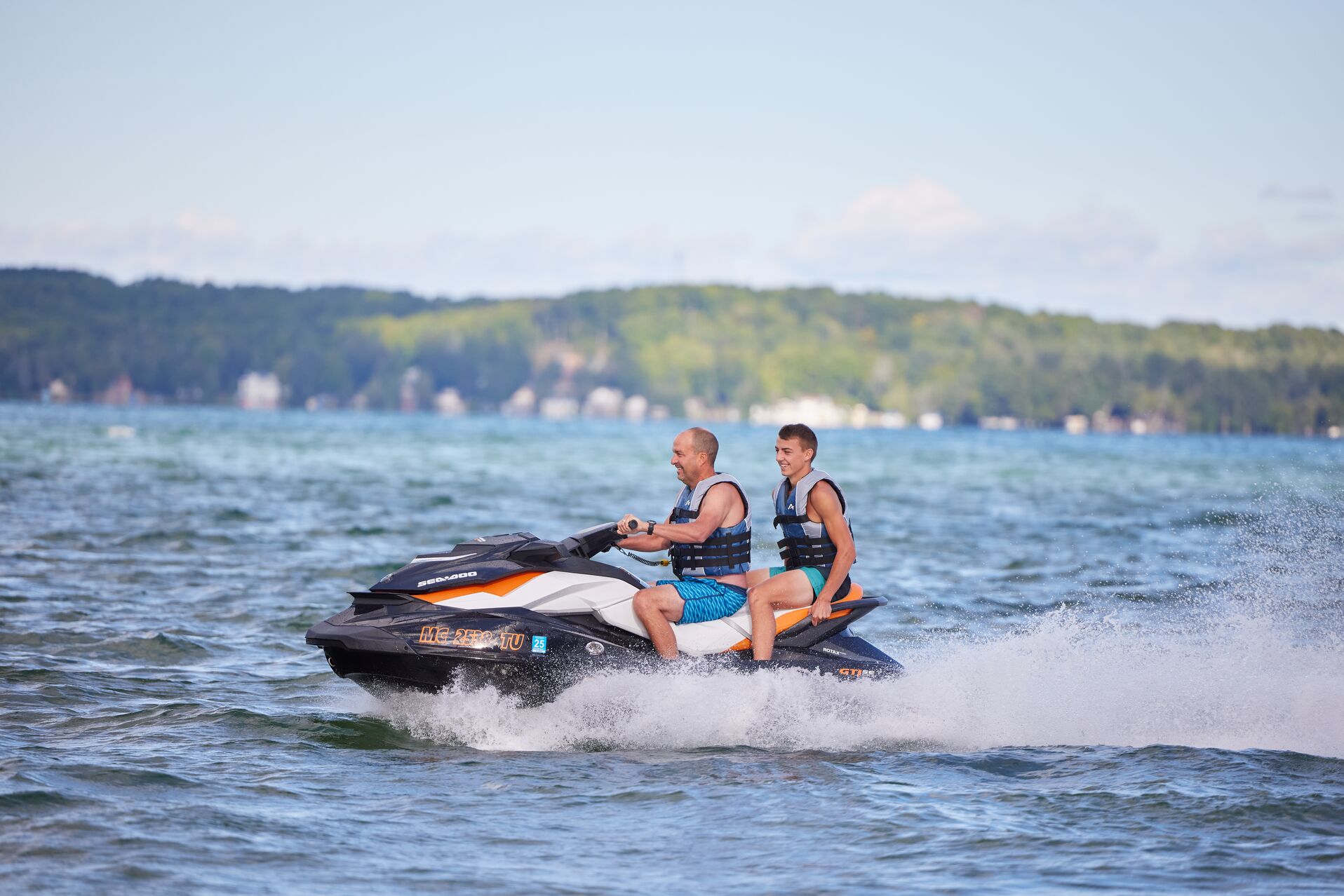
Take Your Boater Safety Course in Texas
We hope this information has been helpful! Using a kill-switch can save lives, so it’s important to make sure every boat or PWC you operate or enjoy has one of these devices.
Ready to follow the Coast Guard’s advice and take your boater safety course? The Texas online course from BOATsmart! is a fun and engaging way to learn boating safety essentials to protect yourself and others on the water. Sign up and start learning today!
Originally published in June 2019. Content most recently reviewed and updated for relevancy and accuracy September 18, 2024.
